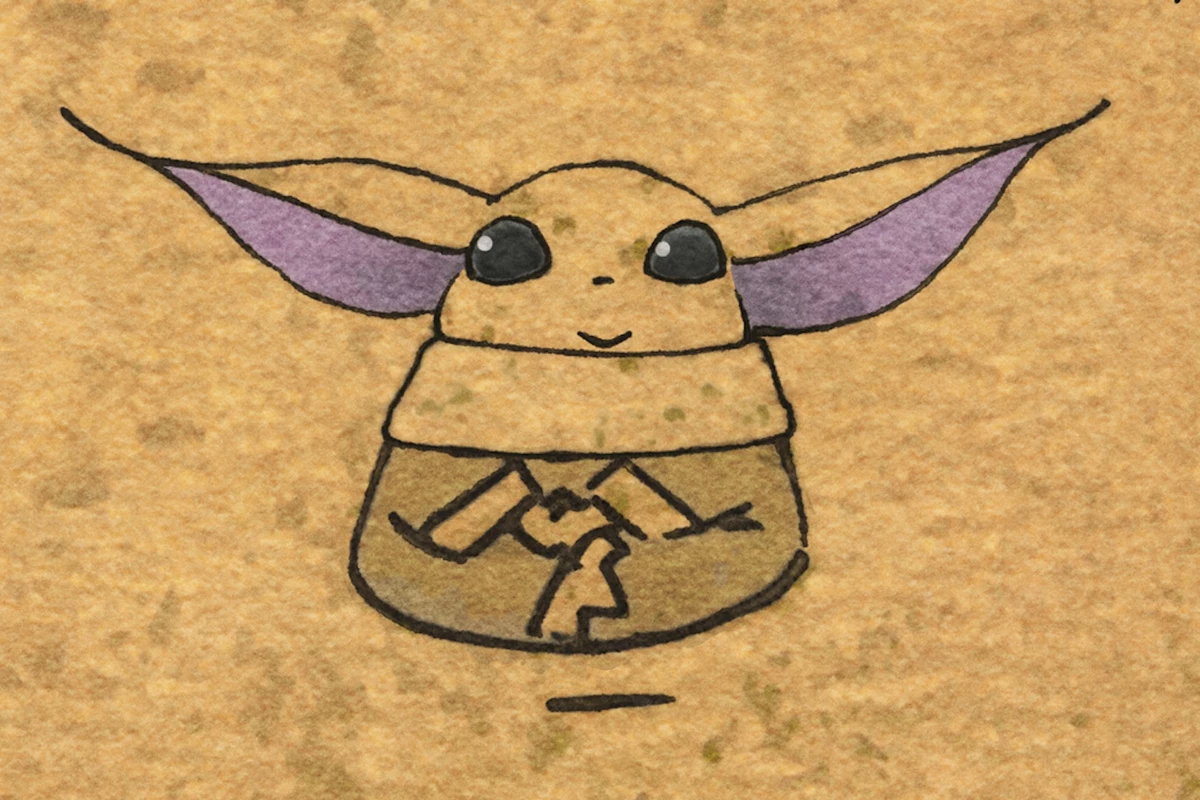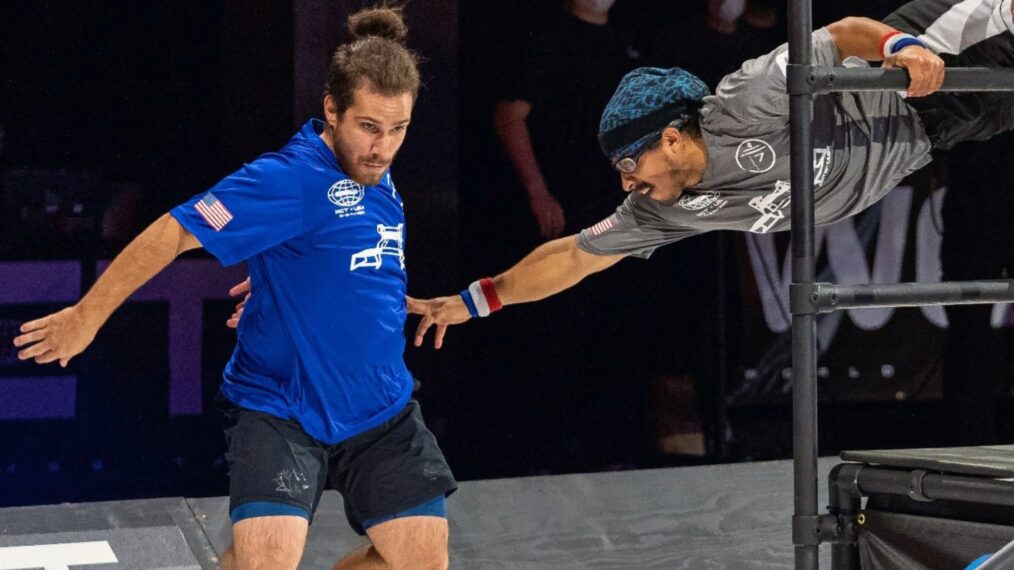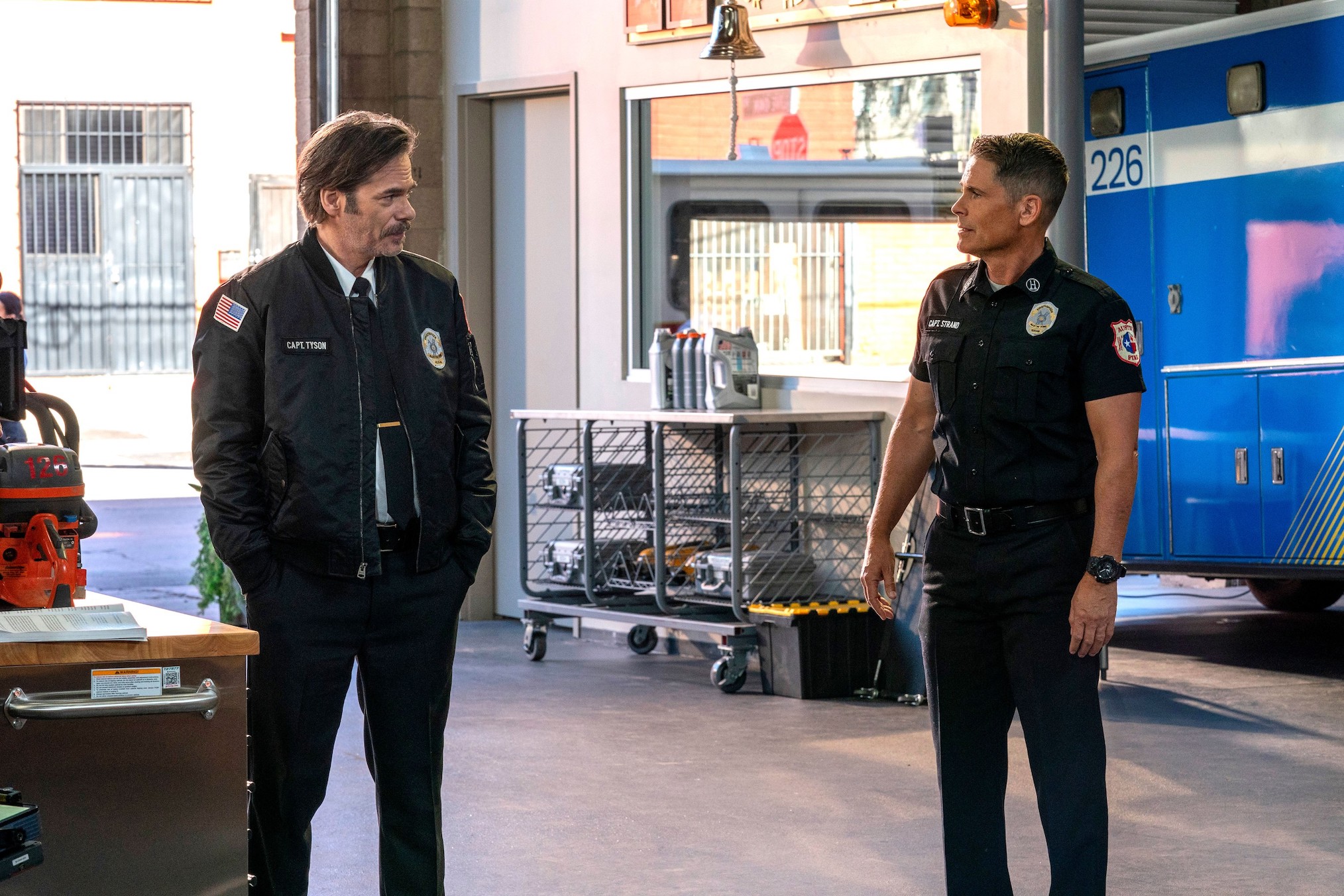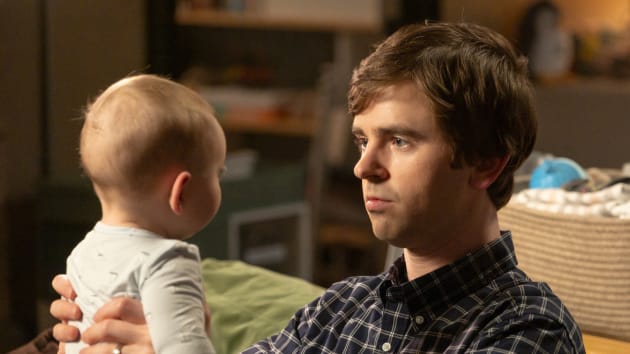Discuss: Who’s Really the Villain in ‘Black Panther: Wakanda Forever’?
by Alex Billington
November 11, 2022
“You perform civility here, but we know what you whisper in your halls of leadership and in your military facilities.” Playing in theaters worldwide is Marvel Studios’ sequel Black Panther: Wakanda Forever, director Ryan Coogler’s follow-up to the massively successful Black Panther from 2018. Our writer MSB has already published a comprehensive review with his own thoughts on this MCU Phase 4 finale, so I want to bring up some different ideas about the movie. I think Wakanda Forever is actually better, much better, than the original Black Panther movie – which is a bit of a mess in terms of script and set pieces (aside from the Busan chase). It’s better because it’s much darker, much more confident, and much more complex – not only with the story and Wakanda trying to recover from the loss of T’Challa / Chadwick Boseman, but also with intricate emotions and characters that are not glossy & flawless. The two leaders in this one, Shuri of Wakanda and Namor of Talokan, are both brooding, angry people who just want to defend their own nation.
From this point on, I will be discussing spoilers and plot details from Black Panther: Wakanda Forever.
One aspect of the original Black Panther that most critics and fans praise is that Killmonger is a realistic “bad guy” with considerably interesting and thought-provoking intentions and motivations. This is part of that ol’ adage from legendary critic Roger Ebert that “each film is only as good as its villain.” And a good villain is a challenge to create, write, cast, and perform perfectly. They have to be complex and dynamic, and not some cheesy or generic “bad guy.” One of the other movies this year with a great villain is The Batman, with Colin Farrell giving an exceptional performance as Oswald Cobblepot. In Wakanda Forever, the MCU formula initially introduces the bad guy as Namor, the enraged leader of the underwater nation known as Talokan (or Tlālōcān, apparently not Atlantis as from the comics). But as the story progresses, and we start to hear from him, talk with him, and watch him interact with the Wakandans, it’s apparent that much like Killmonger he’s not actually a bad guy, per se, he’s just upset at his people being oppressed and wants to get back at all the other humans (*wink* white people) that have treated them poorly for so many years already.
At some point in the movie, I started to wonder: Namor is not the real villain of this movie. So who is? Of course, it’s right there in front of us – America is the villain. (Perhaps colonialism?) Or more specifically, the CIA is. Wakanda Forever also brings back Martin Freeman as Everett K. Ross, the token “white guy” of this movie, who also happens to be one of the few rare “friends of Wakanda” that is privy to even know that this nation exists. They seem to trust him, but barely, because they definitely don’t trust any of the other governments of the world. One of the most iconic scenes in Wakanda Forever involves a very upset Angela Bassett as Wakanda’s Queen Mother Ramonda addressing the United Nations, calling out their bullshit. The scene also specifically involves both America and France, both of whom deny any involvement in any wrongdoing. So she literally parades the French special forces that the Wakandans captured trying to steal their precious vibranium from an outreach center in Africa into the room. These two nations can continue to deny their involvement, but irrefutable proof is now standing right there in front of all of the UN delegates.
At this point it’s clear – the real villain of Black Panther: Wakanda Forever is the American government. Or specifically the CIA. It becomes more apparent with the introduction of Julia Louis-Dreyfus as Valentina Allegra de Fontaine, the new head of the CIA. She even has the cliche “villain” look with a lock of her hair colored differently. This, unfortunately, is the epitome of a cheesy villain design, of course the evil lady has a streak of “look how bad I am” color in her hair. But at this point, Coogler can be given a pass to play around with her character because everything about Namor, and so many of the other characters in this movie, is fantastic. While Everett is defensive of the Wakandans and tries to maintain his friendship with them (even ending up getting arrested by the end because he didn’t cooperate with the CIA’s intentions), it’s clear that Val is the much more sinister villain, employing the typical “I don’t care, this is what we have to do” attitude that goes along with corrupt governments. Of course, Disney probably made them pull back on this “the real villain is the American government” storyline out of a fear of backlash once the public figures this out. It’s there, but it’s never outright admitted, often switching back to Namor as the superficial comic book bad guy.
How is the villain of #WakandaForever NOT Martin Freeman’s pallid CIA agent contriving a coup to overthrow Wakanda’s constitutional monarchy and justify America’s military “liberation” of the literal mountain that is the global supply of weapons-grade Vibranium?
— Craig Ranapia (@CMRanapia) November 8, 2022
Throughout most of the movie, Namor talks about how similar his nation of Talokan is to Wakanda – they’re both hidden, highly secretive nations that prefer to remain undiscovered and out of sight. They’re also two nations that have been, and could be, exploited & used by other more malicious countries of Earth for their gain. Both of these nations have access to vibranium, which is what the American government really wants (once again a cliche but still a good one because it’s so realistic) to use for weapons and for more power & control. The only time in the movie that Namor can be specifically identified as a bad guy is when he admits, in only one scene, that his plan is to convince Wakanda to join him in a fight against all the other nations on Earth as vengeance for the way they’ve mistreated them and their people. The hint here is that it’s not only oppression, but slavery and racism and tons of other issues that are still prevalent on our planet. This scene seems so strangely placed it feels like Disney made them add it just so that audiences wouldn’t be confused as to what exactly makes Namor a bad guy, and to take attention away from the actual villain of the movie.

Yes, it’s bad that Namor wants to rise up and conquer everyone else. That does make him a villain. But this is the only scene where he says this, the rest of the time he’s just upset that the Wakandans discovered them and someone nefarious is trying to find and steal the vibranium buried in the oceans (which they protect). This storyline also falls apart when, and here’s where it gets good again, the CIA uses false flag events to pit the two nations against each other. Shuri is on her own path of destruction, losing her grip on peace as she falls into the darkness of grief, but she also does become worried when one of her own Wakandans shoots a Talokan and they escape before caring for her. This is what ultimately leads to the final battle and the mini war between the two nations. But all of this was orchestrated by the CIA, all because their ultimate goal is still to get their hands on some of that precious vibranium. And let’s face it, this is based on real life – the CIA has absolutely been involved in destabilizing, demoralizing, and tricking various countries into wars and revolutions. Without a doubt this is what Coogler is winking at within the subtext of Wakanda Forever.
Finally, there’s Shuri herself. Is she a villain, too? By the end of the movie, she’s as close as anyone can be to turning into a “bad guy.” There is that moment where, when she drinks the Black Panther purple plant liquid, she sees Killmonger in her vision instead of any of the previous Black Panthers. All of it is an obvious reminder that: if you lose yourself to grief and anger, you might just end up becoming the villain yourself. Eventually, yes, she steps back and realizes her mistake, but only right at the end in the last few scenes of the movie. (One of my big criticisms with the movie is that her sudden turn to good at the end isn’t earned or fleshed out enough.) She’s similar to Namor as well. Aside from his desire to get revenge, which she has too, he mostly seems like a good leader. She’s primed to be a great leader, too. The process of questioning yourself, applying critical thinking to your own decisions, is a very important aspect of leadership. Which is why these two characters are not really the bad guys of Wakanda Forever, they’re just trying to figure out how to not become a villain in the complex process of defending their nations and supporting their people.
“Only broken people can be good leaders.” This is one of the key quote from Namor. It’s an important part of the grief plot in Wakanda Forever, but it’s also a subtle reminder that – these people are just struggling with so many emotions and so much trauma and grief, but that doesn’t make them bad. That doesn’t make them the villains. The American government, on the other hand, is shamlessly willing to lie and scheme and trick their way into getting what they want. This isn’t as cleanly portrayed in the film because, once again, Disney seems afraid of making this clear to the audience. But if you look closely, it’s there, it’s in the movie; Coogler was able to get most of this storyline in and also still make a compelling, thought-provoking, comic book movie overall. The action is fun, but this kind of darker, deeper storytelling about who is really bad in the world is what makes it a more captivating movie than almost any MCU movie before it. Even if it’s not perfect. So what do you think? Who is the actual villain in Black Panther: Wakanda Forever?





















![[VIDEO] ‘Ginny and Georgia’ Season 1 Recap: Where Did Show Leave Off? [VIDEO] ‘Ginny and Georgia’ Season 1 Recap: Where Did Show Leave Off?](https://tvline.com/wp-content/uploads/2022/12/ginny-and-georgia-recap-video.jpg?w=620)







